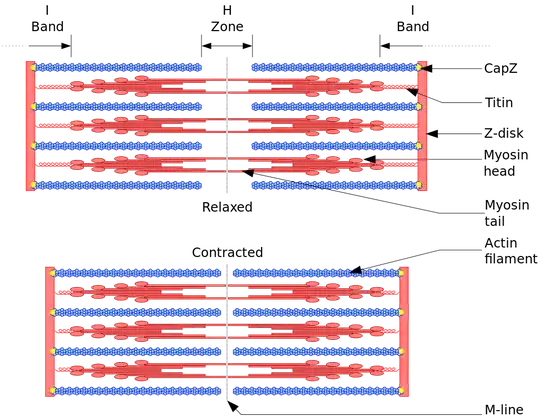I remember this confusing me in high school, and I didn't find out the answer until grad school. The answer is that the force is applied over a distance inside the muscles!
Muscles are made up by sections of thin filaments interwoven with each other. When the muscle wants to exert a force the filaments contract together a small amount. If the muscle needs to exert a force for a longer amount of time the filaments contract then expand and then contract again, over and over.

Each time the muscle filaments contract a small amount of work is done. The cycle of contraction and relaxation repeats quickly. It seems to depend highly on how much force is applied and the kind of muscle, but 10 - 100 Hz seems likely. These little bits of work add up over time, and that's where your calories go.
(Image citation: Richfield, David (2014). "Medical gallery of David Richfield". WikiJournal of Medicine 1 (2). DOI:10.15347/wjm/2014.009. ISSN 2002-4436. Obtained via https://en.wikipedia.org/wiki/Muscle_contraction)
